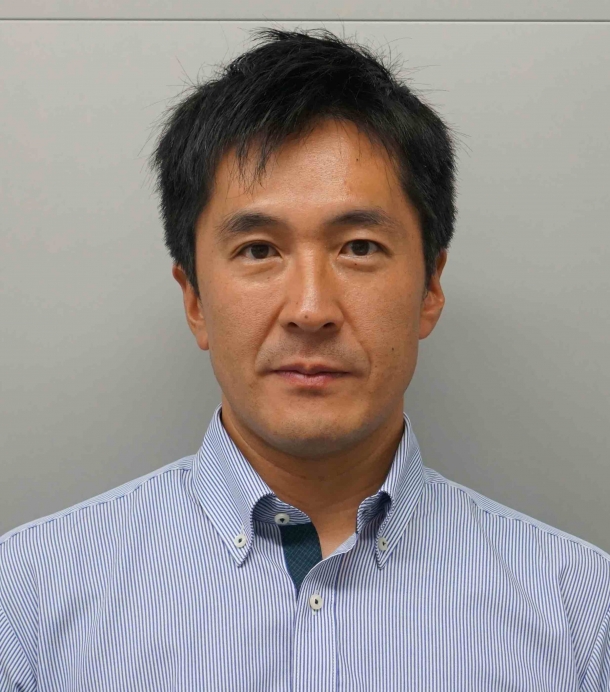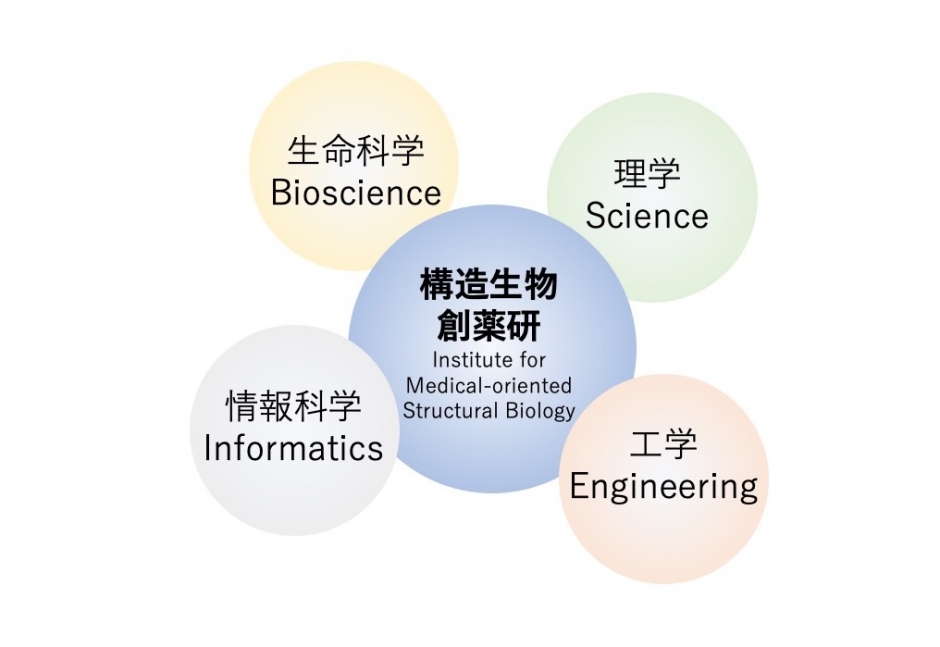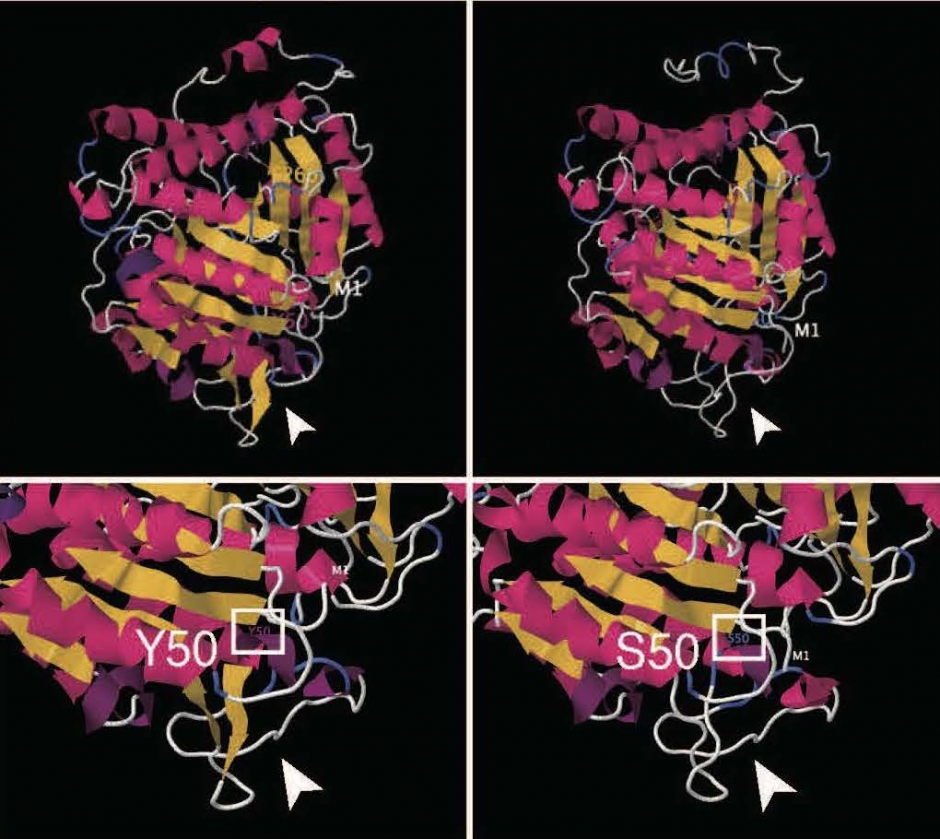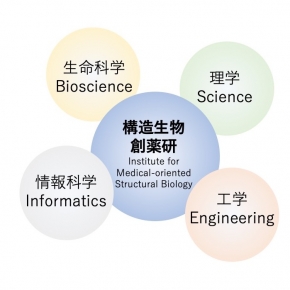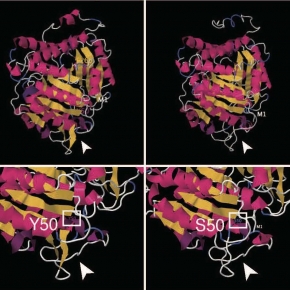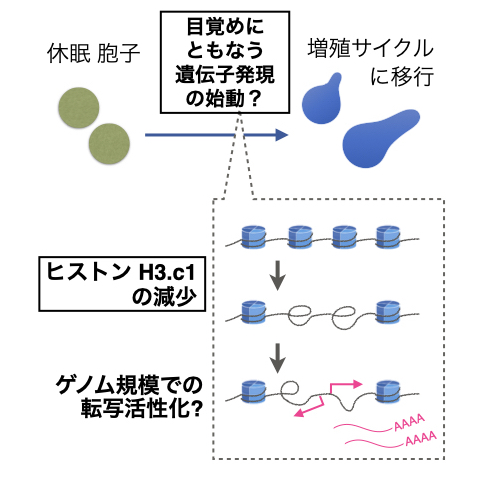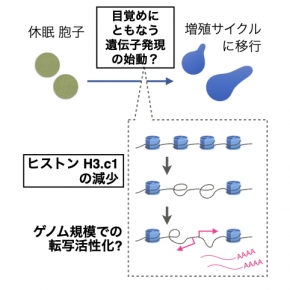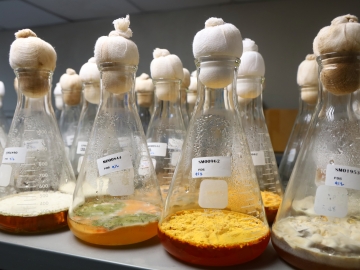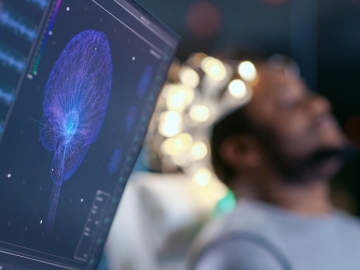Research Theme
We aim to discover and develop drugs, and obtain information regarding targets of drugs, and analyse reasons of disorders through basic research such as analysing the cellular behaviour and structure of biomolecules that may lead to disorders. While some drug discovery efforts are based on designing or creating compounds that target specific biomolecules, another important strategy is to search for new biomolecules as target molecules by pursuing basic research, which may seem far from the exit. Therefore, the institute focuses on both the discovery of new drug seeds through basic life science research and the creation of new compounds for specific targets, based on the principles of both science and technology.
Research Director
SATO, Masamitsu
Faculty of Science and Engineering, School of Advanced Science and Engineering
Project Members
- HAMADA, Michiaki Professor, Faculty of Science and Engineering, School of Advanced Science and Engineering
- KIGA, Daisuke Professor, Faculty of Science and Engineering, School of Advanced Science and Engineering
- SATO, Masamitsu Professor, Faculty of Science and Engineering, School of Advanced Science and Engineering
- YANAGITANI, Takahiko Professor, Faculty of Science and Engineering, School of Advanced Science and Engineering
Research Keywords
Biology, Medical Bioscience, Structural Biology, Synthetic Biology, Bioinformatics
Research Summary
The aim of the institute is to analyse the higher-order structure of biomolecules that may cause disease, to elucidate the causes of disease, to obtain information on new drug targets, and to conduct drug development research. As a basis for drug discovery, compounds can be designed or prepared by targeting specific biomolecules, but it is also an important strategy to search for new biomolecules as target molecules by pursuing basic research that appears to be far away from the exit point. Therefore, the institute is carrying out research focusing on both the discovery of new drug seeds through basic life science research and the creation of new compounds for specific targets, based on both science and technology.
One current example is the development of compound screening targeting specific proteins with the aim of developing new drugs that increase cell lethality. The screening may lead to compounds that target cells, such as cancer, to increase
lethality. Rather than simply searching for compounds against known proteins, artificial modification of the target protein and then searching for compounds may lead to new compounds. As humans have subtle individual differences in proteins, this is a promising example of tailor-made drug screening, which takes into account individual differences and aims to create drugs that suit the individual.
In addition, the team also achieved results in basic research on the elucidation of the function of non-coding RNAs (ncRNAs) that function within the cell. There are many ncRNAs in genes that do not produce proteins but are only expressed as RNA, but
for the majority of them it remains unclear whether they have a function and, if so, what kind of function they perform. In this study, we combined informatics and genetics and were able to select from among the unknown ncRNA genes those that exhibit a functionin the cell by focusing on the conservation of their sequence and structure. As some of the ncRNAs with unknown function may be relevant to disease, we see this research as a basis for drug discovery.
The institute has been established under the name‘Institute for Medical-oriented Structural Biology’for 10 years and has achieved a certain level of success. However, the underlying research objective has remained unchanged despite changes in projects and the aim of drug discovery based on structural biology, therefore the institute is being re-established under the same name, the ‘Institute for Structural Biology and Drug Discovery’, considering the actual status of the institute to date.
